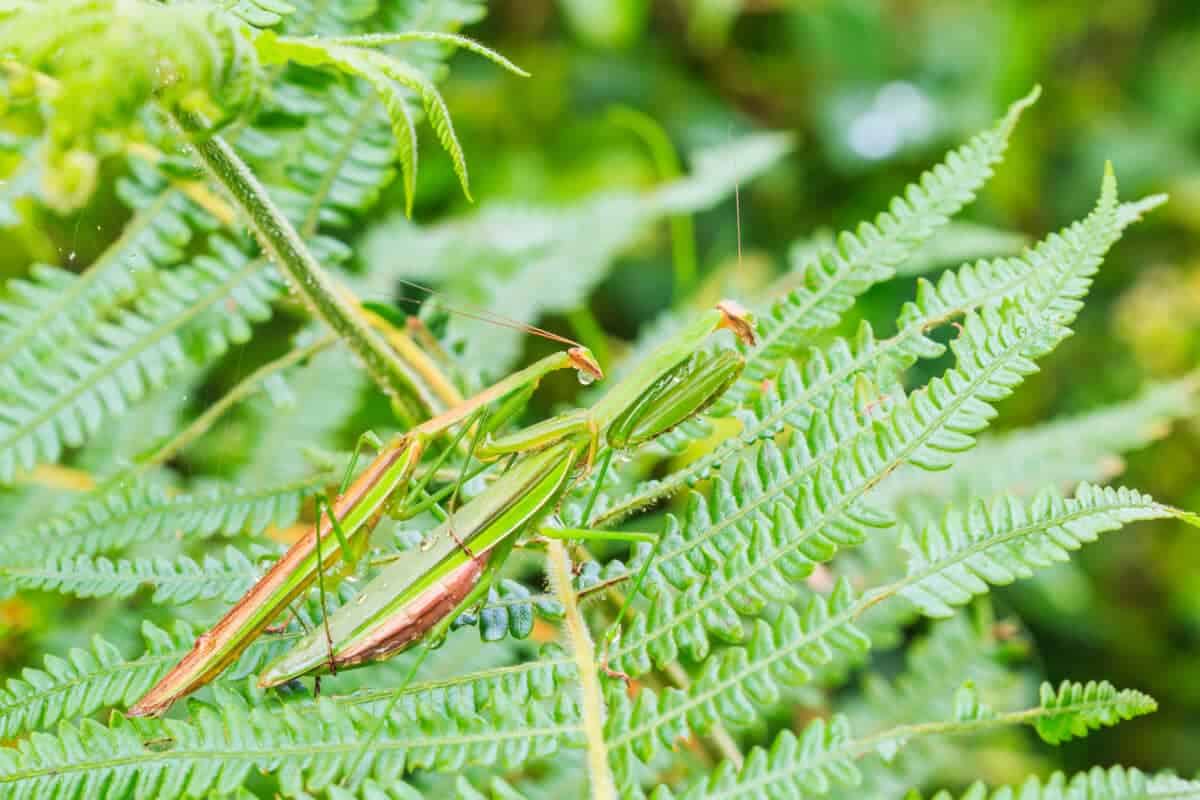From Hollywood blockbuster like Kung Fu Panda to spotting praying mantises’ around the house, few creatures captivate the imagination quite like the praying mantis. Graceful and enigmatic, these predators are renowned for their unique hunting methods and captivating behaviors. While their iconic posture and seemingly peaceful demeanor may deceive the casual observer, a darker side of the praying mantis emerges when one delves into the realm of cannibalism within their ranks.
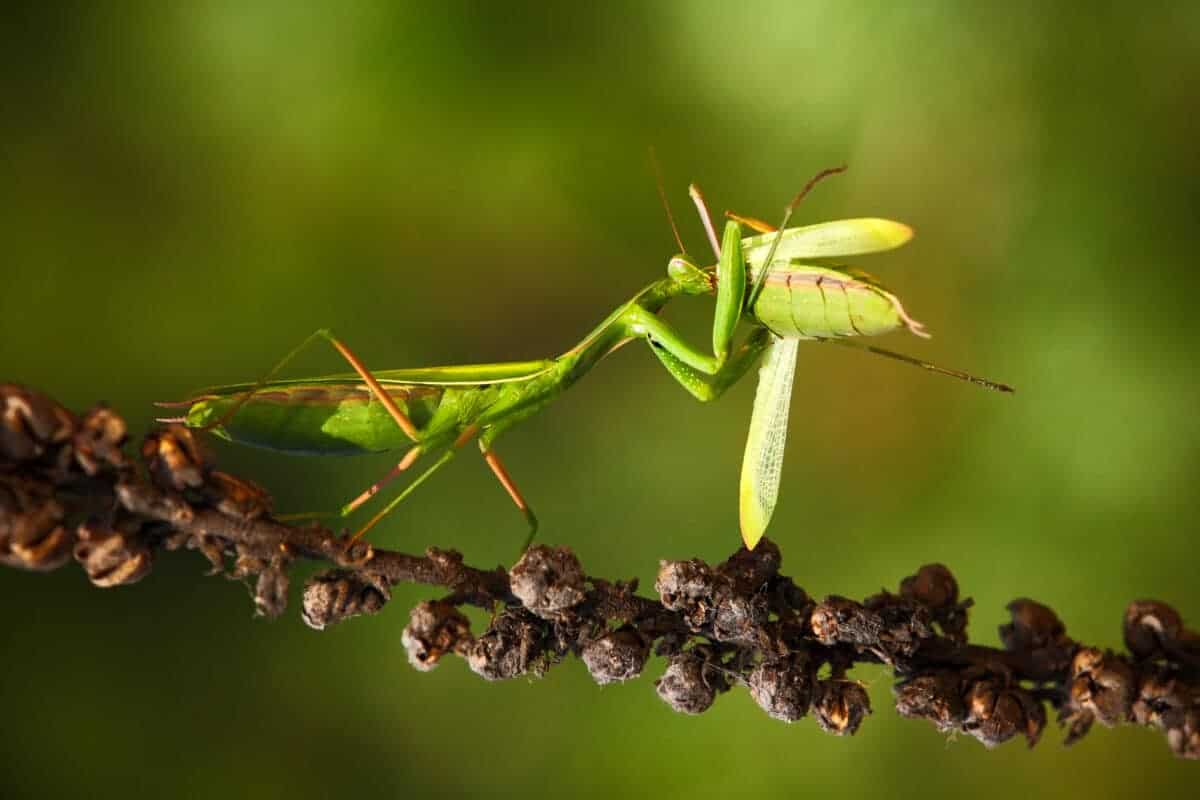
Female eating male.
Cannibalistic Courtship:
Praying mantises are infamous for their cannibalistic tendencies, particularly during the mating process. This brutal behavior is most commonly observed when the female mantis devours her mate, a phenomenon that has given rise to the macabre term “sexual cannibalism.” While the reasons behind this gruesome act are not entirely understood, scientists believe it may serve several purposes, including providing the female with essential nutrients to support the development of her eggs.
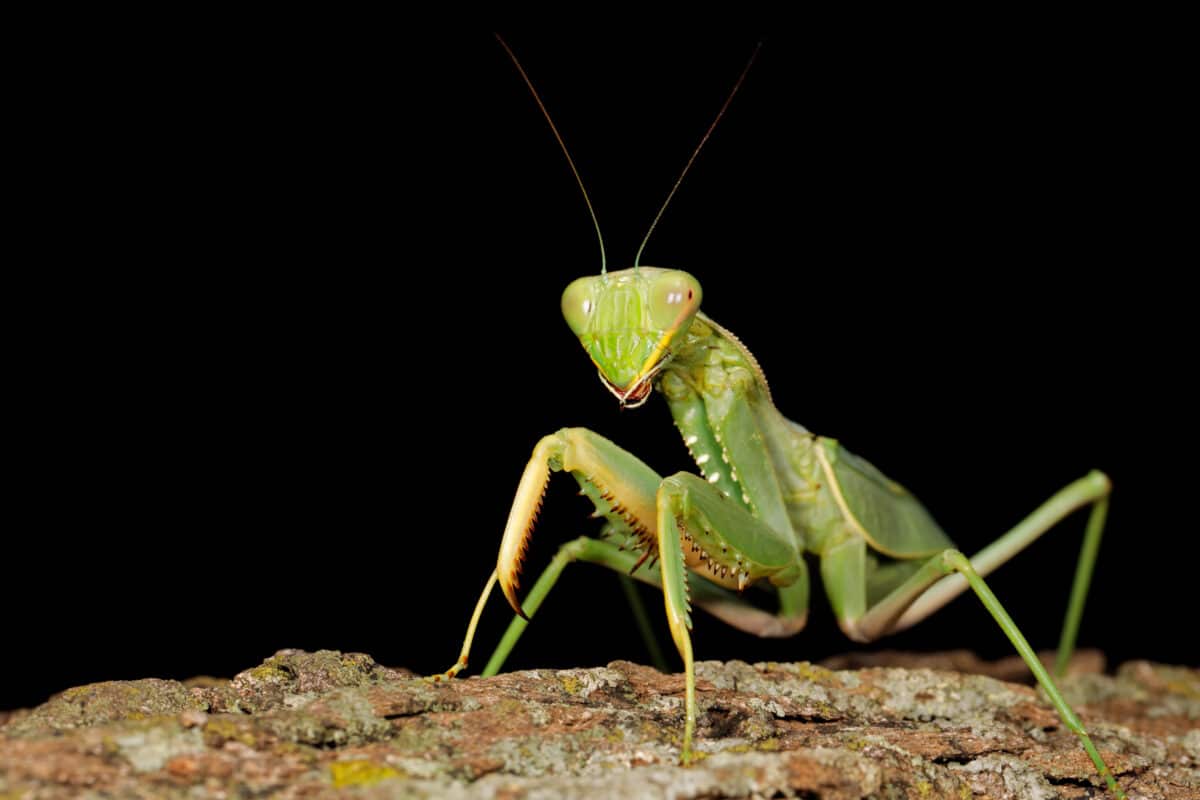
During courtship, the male mantis approaches the female with caution, as he risks becoming a victim of her predatory instincts. In some species, the female may even signal her readiness to mate by enticing the male with the promise of a post-coital meal. Despite the apparent risk, the male often continues with the courtship, and if successful, he may find himself becoming a sacrificial offering to ensure the survival of his offspring.
Survival of the Fittest Offspring:
While the act of cannibalism in praying mantises may seem barbaric, it serves an evolutionary purpose. By consuming the male, the female gains valuable nutrients that contribute to the development of healthier and more robust eggs. This act, though seemingly ruthless, ensures that the next generation is better equipped for survival in the harsh world of the insect kingdom.
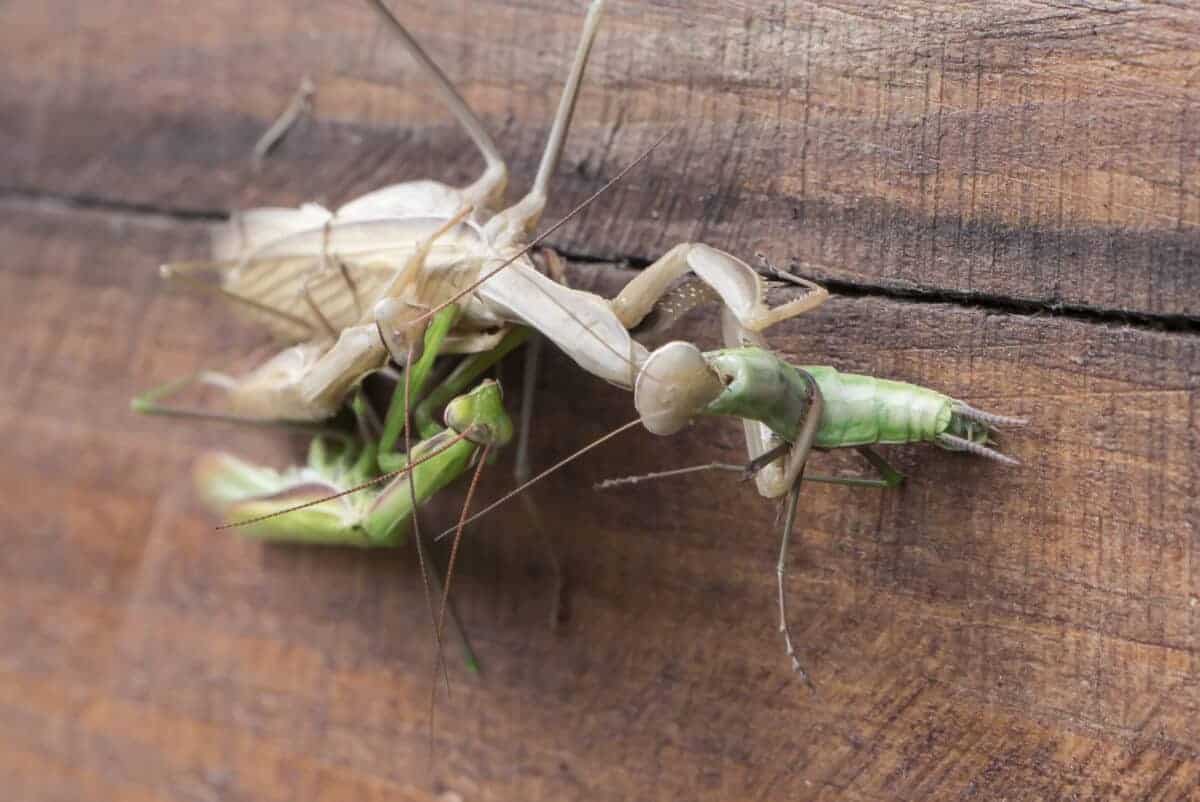
Researchers have also found that sexual cannibalism in praying mantises is not universal across all species. Some mantises exhibit a higher tendency for this behavior, while others engage in it less frequently. This diversity suggests that various factors, including environmental conditions and evolutionary pressures, play a role in shaping the cannibalistic tendencies within different populations.
Praying Mantises’ Maternal Cannibalism:
Cannibalism doesn’t end with mating for praying mantises. After laying her eggs, the female often guards the egg case with unwavering dedication. However, in some cases, when resources are scarce or conditions become unfavorable, the mother may turn to cannibalism to ensure her own survival.
The act of maternal cannibalism allows the female to regain vital nutrients that can be used to protect and nourish the remaining eggs. This brutal but effective strategy highlights the mantis’s unyielding commitment to securing the best chances for the survival of its progeny, even at the expense of its own kind.
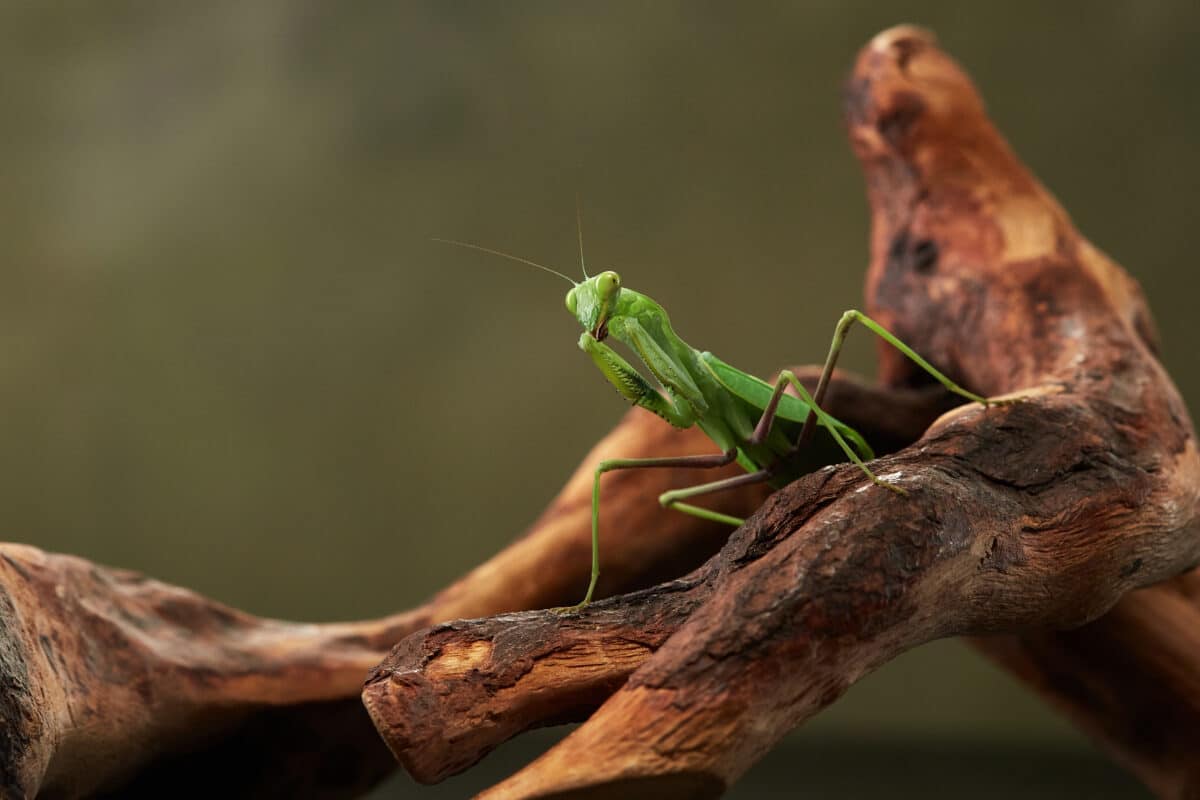
The praying mantis, with its captivating appearance and predatory prowess, continues to be a subject of fascination for nature enthusiasts and scientists alike. However, the revelation of their cannibalistic tendencies adds a layer of complexity to their seemingly serene existence. From cannibalistic courtship to maternal sacrifice, the praying mantis stands as a testament to the relentless and often brutal nature of survival in the animal kingdom. In their world, the line between predator and prey is thin, and the mantis, with its savage inclinations, emerges as a symbol of the fierce competition for survival that defines the intricate web of life.
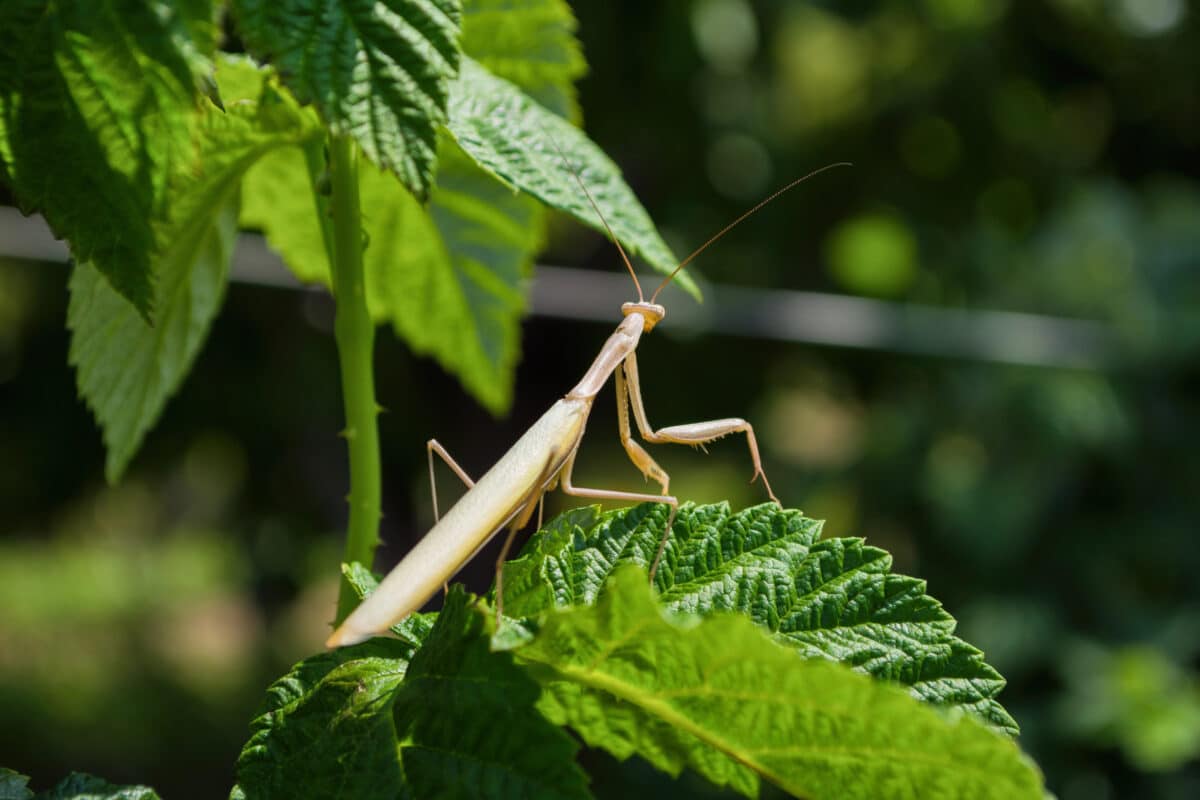
Join our Forum for free today!

- Insects are Dismantling Tunisia’s Crucial Prickly Pear Industry - July 24, 2024
- Cocoa Traders Risk Losing Billions to Ghana’s Infected Crops - July 24, 2024
- Miracle on the Mountain: A Seven-Hour Dog Rescue Underground - July 23, 2024

